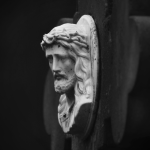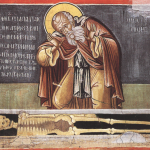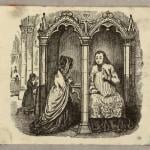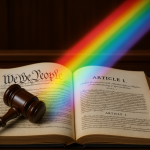We should therefore be wary of any modern appeals to medieval traditions that oppose male to female or equate flesh with sexuality. We should also understand that there is little basis in late medieval art or devotion for treating body as entrapment rather than opportunity, suffering as evil to be eschewed rather than promise to be redeemed. My argument then is not titillating antiquarianism. It is rather a challenge to us to think more deeply about what our basic symbols mean. There may be warrant in the Christian tradition for equating the penis with maleness and maleness with humanity, but I would argue that medieval theology at least as explicitly equates the breast with femaleness and femaleness both with the humanity of Christ and with the humanity of us all. There may be warrant in the Christian tradition for seeing the resurrection as triumph over body, but I would suggest that medieval piety (at least in the fourteenth and fifteenth centuries) speaks far more urgently of life coming from death, of significance located in body, of pain and suffering as the opportunity–even the cause–of salvation. A better understanding of the medieval past might thus enable modern people to give to age-old symbols new meanings that would be in fact medieval. If we want to express the significance of Jesus in both male and female images, if we want to turn from seeing body as sexual to seeing body as generative, if we want to find symbols that give dignity and meaning to the suffering we cannot eliminate and yet fear so acutely, we can find support for doing so in the art and theology of the later Middle Ages.
–Caroline Walker Bynum, “The Body of Christ in the Later Middle Ages: A Reply to Leo Steinberg,” in Fragmentation and Redemption (citations omitted)











